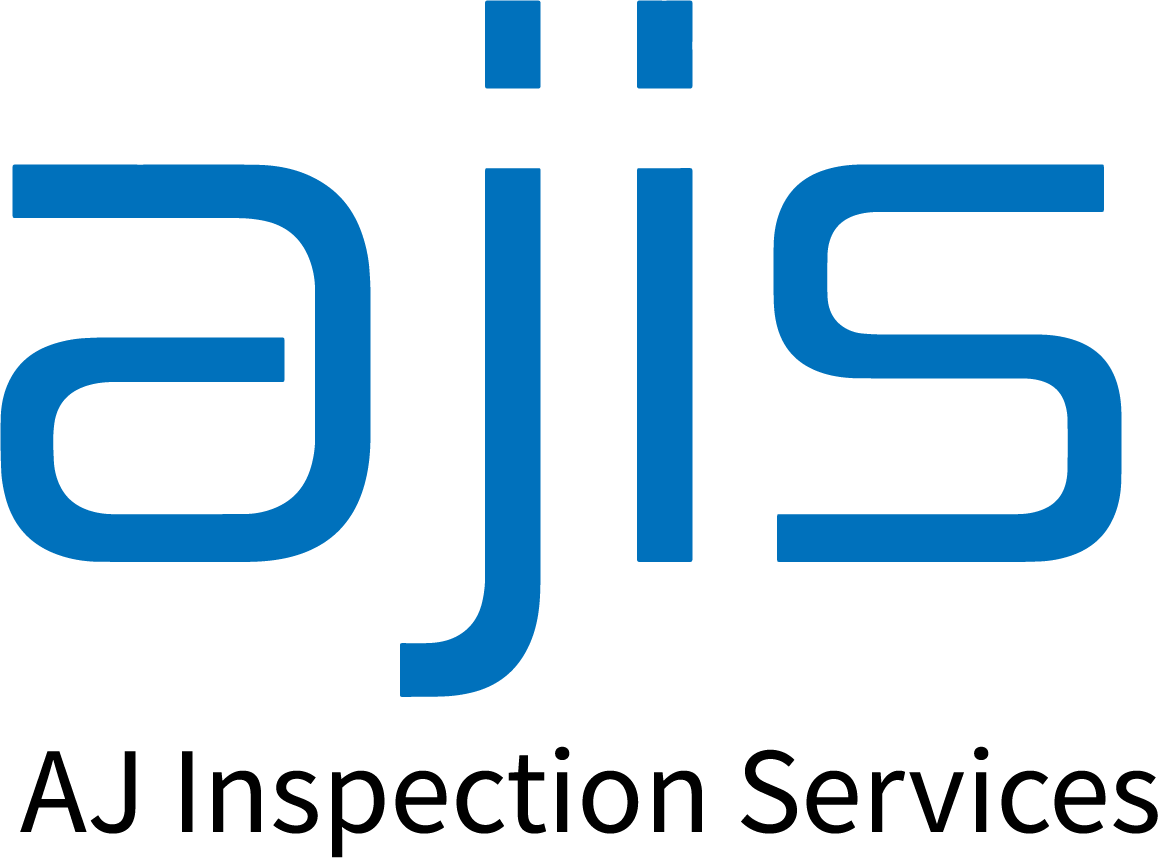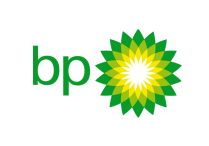
Remote Inspection
In recent years, advancements in technology and fast internet connections have revolutionized the way inspections are conducted.
Remote inspection, also known as streaming inspection, has emerged as a game-changing method that offers numerous benefits. Not only does it save time and money by eliminating the need for travel, but it also enables more comprehensive inspections of equipment.
The Advantages of Remote Inspections
Remote inspections offer a multitude of advantages over traditional on-site inspections. By leveraging specialist software, individuals from anywhere in the world can actively participate in inspections, making the process interactive and efficient. Here are some key benefits:
Cost and Time Savings: Remote inspections eliminate the need for travel, reducing associated expenses such as accommodation and transportation. This not only saves money but also allows inspections to be carried out in a shorter timeframe, increasing overall efficiency.
Comprehensive Inspections: Through remote inspections, participants can connect and watch the inspection process in real-time. They have the ability to zoom in and actively assist the inspection, ensuring a thorough examination of the equipment.
Flexibility and Accessibility: All that is required to participate in a remote inspection is a smart phone, tablet, desktop, or notebook. This accessibility allows individuals from various locations to join the inspection, regardless of their physical proximity to the site.
How Remote Inspections Work
Remote inspections rely on the integration of cutting-edge technology to facilitate seamless communication and observation. Specialist software enables real-time streaming of the inspection process, allowing participants to actively engage with the inspector. Here is a breakdown of the key components involved:
Streaming Software: The foundation of remote inspections lies in the use of streaming software. This software enables the live transmission of video and audio, allowing participants to observe the inspection remotely.
Internet Connectivity: Fast and reliable internet connectivity is crucial for successful remote inspections. High-speed internet ensures smooth video streaming and real-time communication between participants and inspectors.
Devices: Participants can join remote inspections using their preferred devices, such as smartphones, tablets, desktop computers, or notebooks. These devices provide the interface through which participants can view the inspection and actively engage with the process.
Interactive Features: Specialist software often includes interactive features that enhance the remote inspection experience. Participants can zoom in on specific areas, capture images, and save them for future reference.
Applications of Remote Inspections in the Energy Industry
Remote inspections have found wide-ranging applications in the energy industry. From oil and gas facilities to renewable energy infrastructure, remote inspections have proven to be invaluable in ensuring the safety, efficiency, and reliability of equipment. Here are some key areas where remote inspections are making a significant impact:
Oil and Gas Facilities: Remote inspections have become an essential tool in the maintenance and monitoring of oil and gas facilities. By conducting inspections remotely, operators can identify potential issues, assess equipment integrity, and make informed decisions without the need for physical presence. This not only saves time and resources but also minimizes risks associated with on-site inspections.
Wind Farms: The remote inspection of wind farms has become increasingly prevalent as the demand for renewable energy continues to rise. Inspectors can remotely assess the condition of wind turbines, ensuring they are operating optimally and identifying any maintenance or repair needs. Remote inspections enable the swift detection of issues, reducing downtime and maximizing energy production.
Solar Power Plants: Solar power plants often span vast areas, making on-site inspections challenging and time-consuming. Remote inspections offer a practical solution by allowing inspectors to assess the performance and integrity of solar panels from a remote location. This facilitates early detection of faults or malfunctions, ensuring optimal energy generation.
Nuclear Power Plants: Remote inspections play a critical role in ensuring the safety and regulatory compliance of nuclear power plants. Remote technologies enable inspectors to assess the condition of critical components, monitor radiation levels, and identify any potential risks without the need for physical access. This enhances safety and minimizes the exposure of personnel to hazardous environments.
The Future of Remote Inspections
As technology continues to advance, the future of remote inspections in the energy industry looks promising. Here are some key trends and developments to watch out for:
Enhanced Data Analysis: The integration of artificial intelligence and machine learning algorithms will enable more sophisticated analysis of inspection data, leading to improved decision-making and predictive maintenance.
Virtual Reality Integration: Virtual reality technology has the potential to revolutionize remote inspections by providing an immersive and interactive experience for participants. This technology can enhance visualizations, training, and collaboration during inspections.
Drone Inspections: The use of drones for remote inspections is on the rise. Drones equipped with high-resolution cameras and sensors can collect data from difficult-to-access areas, enabling thorough inspections without the need for physical presence.
Data Security: As remote inspections rely on the transmission of sensitive data, ensuring robust cybersecurity measures will be crucial. Implementing encryption protocols and secure communication channels will protect against potential cybersecurity threats.
Remote inspections have emerged as a game-changer in the energy industry, offering significant advantages over traditional on-site inspections. Through the use of specialist software and fast internet connectivity, participants can actively engage in inspections from anywhere in the world. The applications of remote inspections in the energy industry are vast, ranging from oil and gas facilities to renewable energy infrastructure. As technology continues to advance, the future of remote inspections holds even more promise, with enhanced data analysis, virtual reality integration, drone inspections, and increased focus on data security.
Embracing remote inspections will undoubtedly lead to improved safety, efficiency, and cost-effectiveness in the energy industry.
Interested in our services? We’re here to help!
We want to know your needs exactly so that we can provide the perfect solution. Let us know what you want and we’ll do our best to help.




